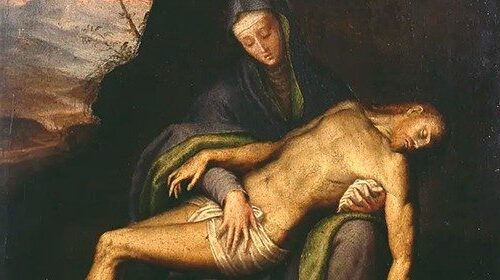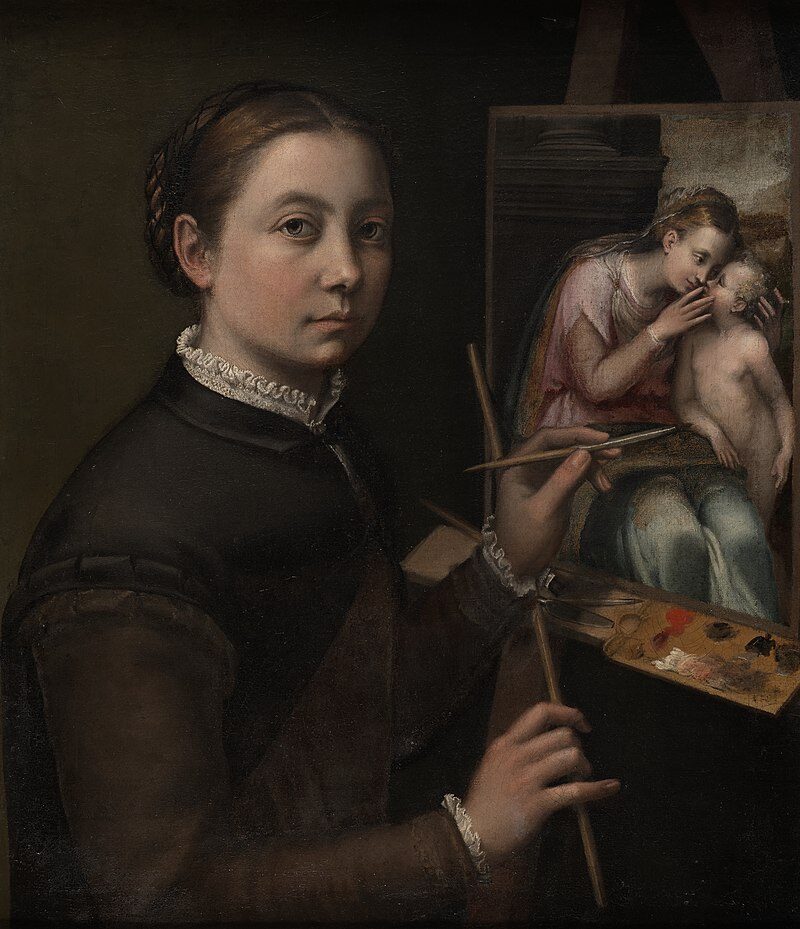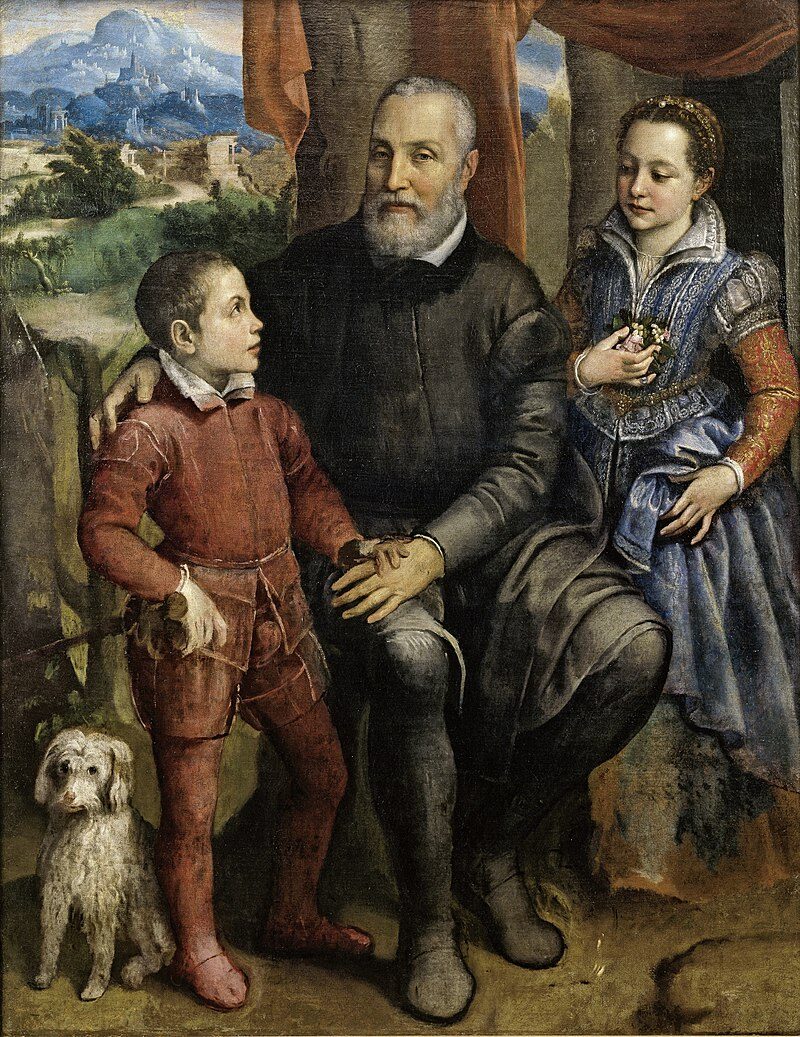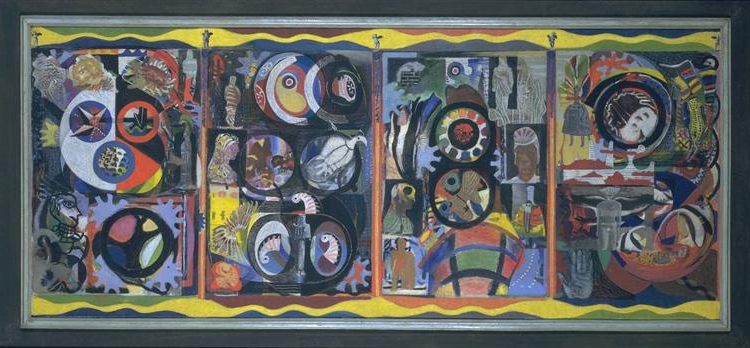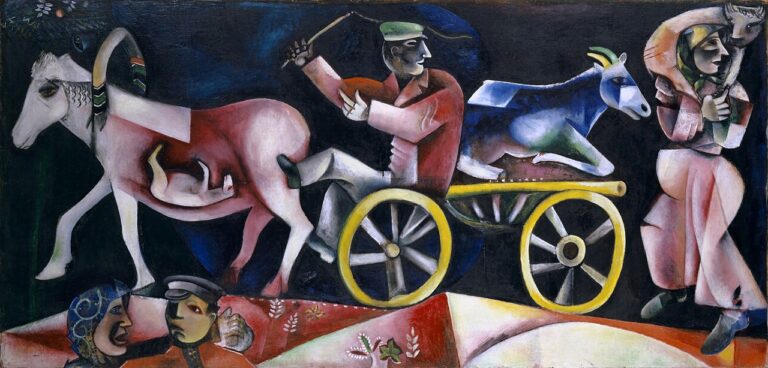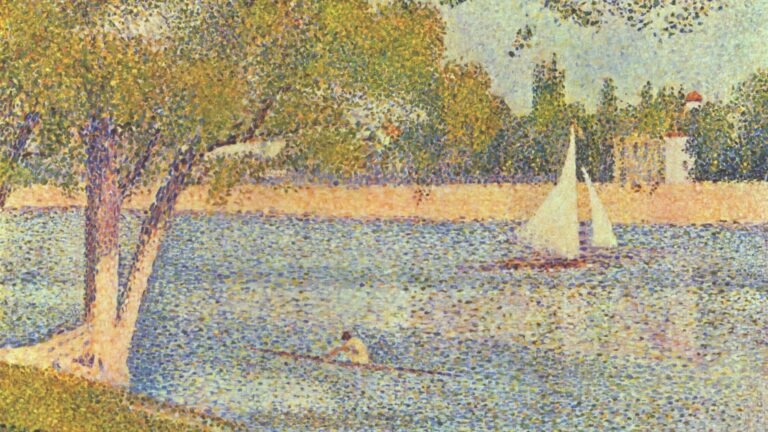Sofonisba Anguissola Paintings: Exploring the Renaissance Masterpieces
Born: c. 1532, Cremona, Duchy of Milan
Death: 16 November 1625, Palermo, Kingdom of Sicily
Art Movement: Late Renaissance
Nationality: Italian
Teachers: Bernardino Campi and Bernardino Gatti
Sofonisba Anguissola Paintings: Exploring the Renaissance Masterpieces
Life and Education of Sofonisba Anguissola
Sofonisba Anguissola was a notable Renaissance painter from Italy. Her upbringing in Cremona and her exceptional artistic education played a significant role in shaping her career and paving the way for future female artists.
Early Years in Cremona
Sofonisba Anguissola was born around 1532 in Cremona, Italy, into a noble but financially struggling family. The Anguissolas valued education, believing it could enhance their social standing. Sofonisba was one of seven siblings, and her family encouraged each child to pursue learning and the arts.
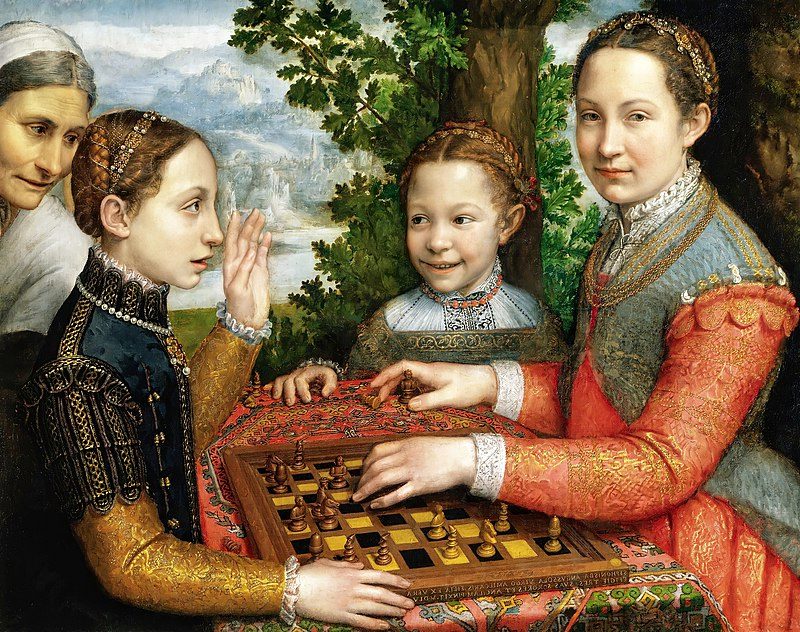
The Game of Chess (1555) by Sofonisba Anguissola
In Cremona, she received a broad education, which included the fine arts. This was unusual for young women of her time and displayed her family’s progressive attitudes towards women’s education. Her early life in Cremona provided a nurturing environment for her talent, setting the stage for her future success.
Artistic Training and Influences
Sofonisba began her formal artistic training under Bernardino Campi and later Bernardino Gatti. Both were respected painters in Cremona, offering her a strong foundation in artistic techniques. Her studies focused on portraiture, which would become her hallmark.
Michelangelo also played a key role in her development. Although he never formally taught her, he became an informal mentor, providing guidance and critique that greatly influenced her style.
Her training allowed her to break barriers as a female artist in the Renaissance, a time when women artists were rare. Her unique approach to composition and detail in portraiture distinguished her work. Throughout her career, she remained a trailblazer for women in the art world.
Notable Works and Contributions to Portraiture
Sofonisba Anguissola was a groundbreaking artist of the Italian Renaissance whose work left a lasting mark on portrait painting. Her notable pieces reflect her deep skill in capturing the essence of her subjects, with a particular focus on the Spanish Court and female figures.
Portraits of the Spanish Court
During her time at the Spanish Court, Sofonisba Anguissola painted several notable works, including portraits of King Philip II and Queen Elisabeth of Valois. Her paintings from this period were praised for their ability to capture the dignity and personality of her subjects.
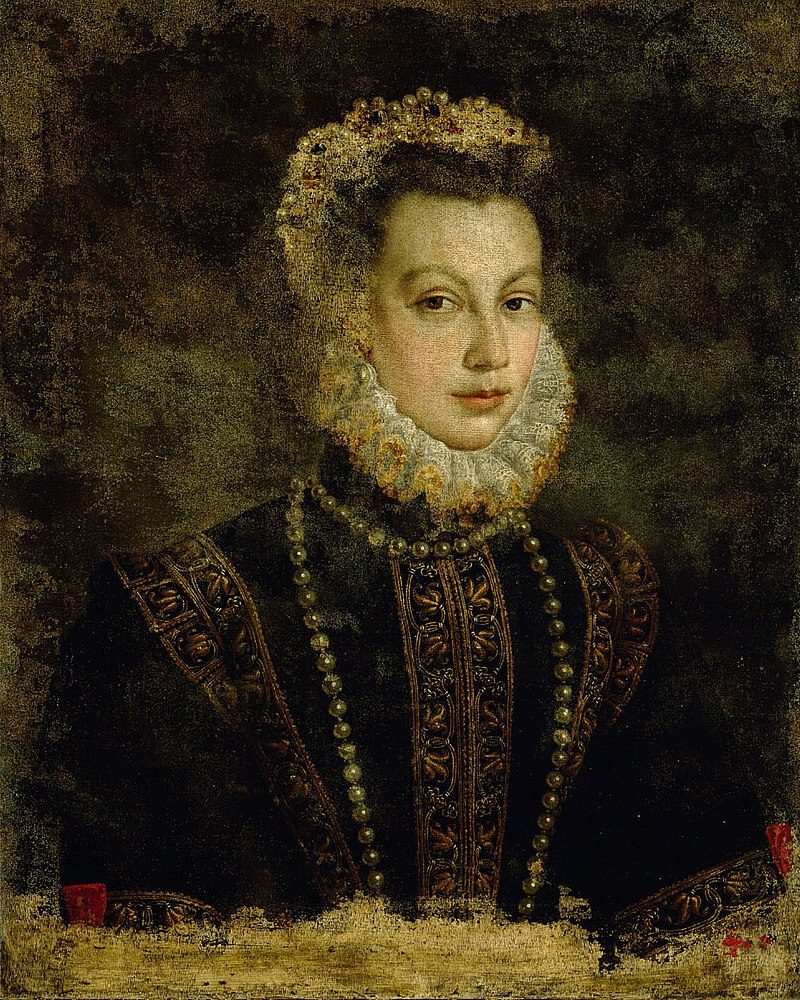
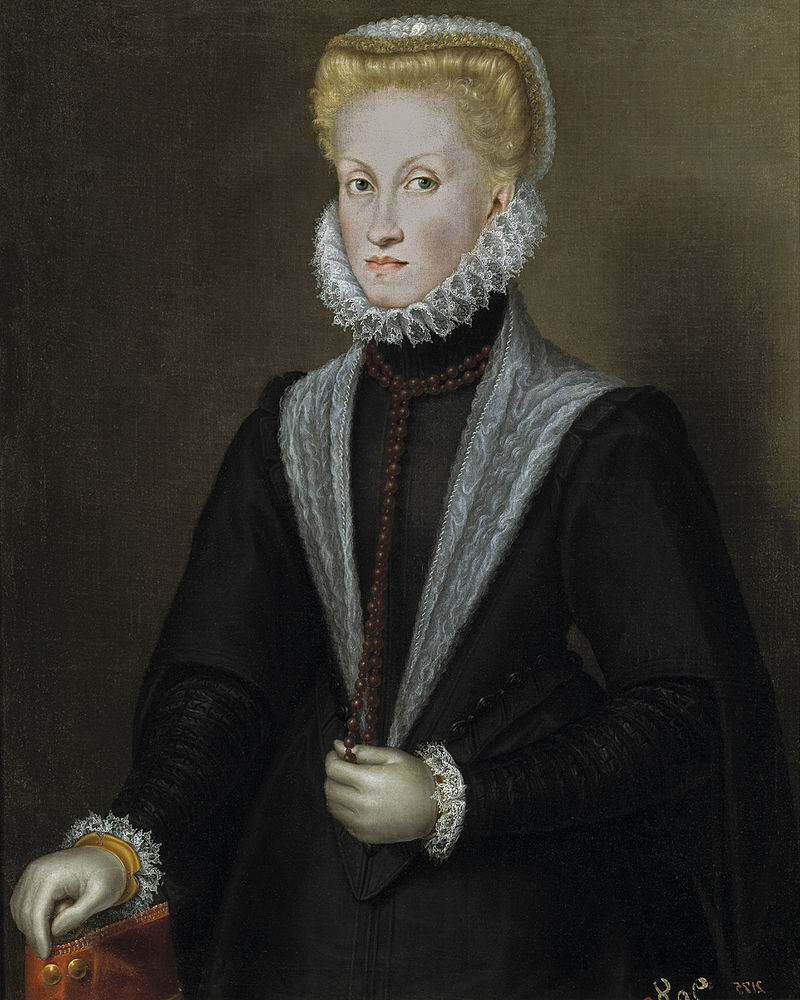
As a court painter, Anguissola’s role extended beyond mere depiction. She contributed to the court’s cultural identity by presenting its members with grace and refinement. Her work highlighted the royal family’s status while retaining a sense of individual humanity, making her portraits sought after by the nobility.
Self-Portraits and the Artist’s Narrative
Sofonisba Anguissola often explored self-portraiture, offering a glimpse into her world as a female artist in a predominantly male profession. These self-portraits served as a testament to her skill and autonomy.
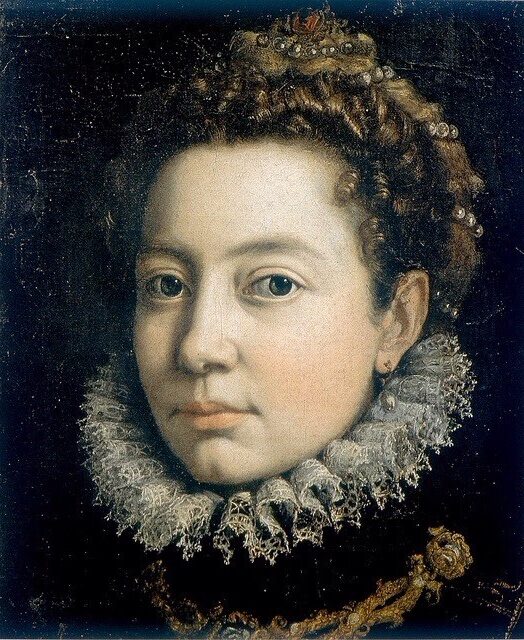
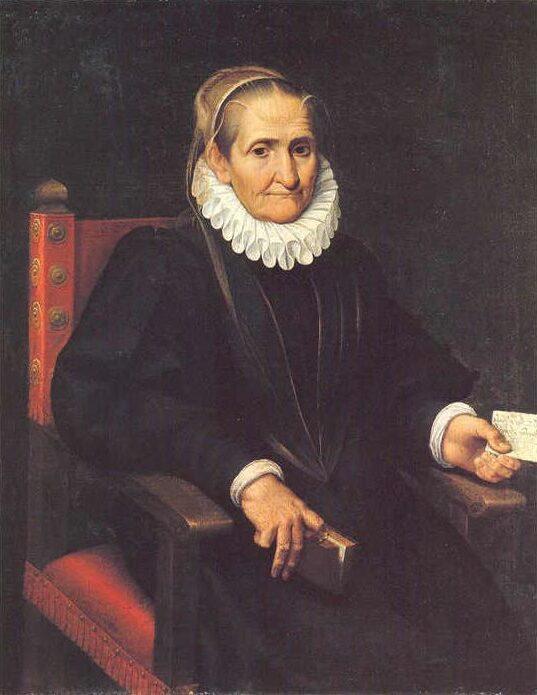
Through these personal works, Anguissola not only crafted her own identity but also narrated her artistic journey. Her self-portraits are notable for their introspective nature, reflecting both her personal experiences and her mastery of technique. This practice influenced other artists, including Anthony Van Dyck, who later adopted similar approaches.
Innovations in Female Portraiture
Anguissola’s work was revolutionary for its time, particularly in how it portrayed women. She moved beyond traditional depictions, emphasizing individuality and personality in her female subjects. Her portraits depicted women with depth and subtlety, contrasting with the more generic female figures often seen in 16th century art.
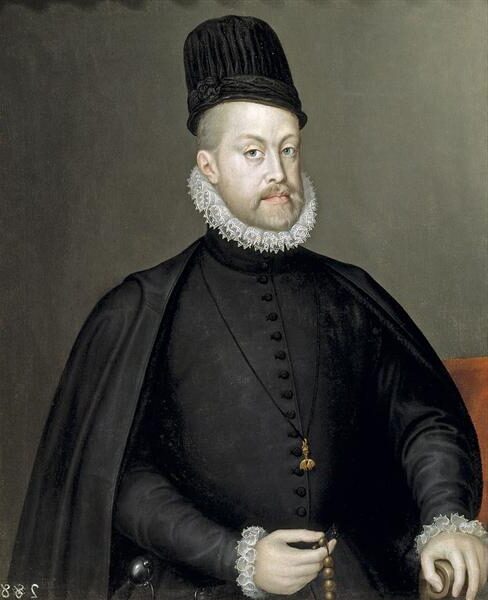
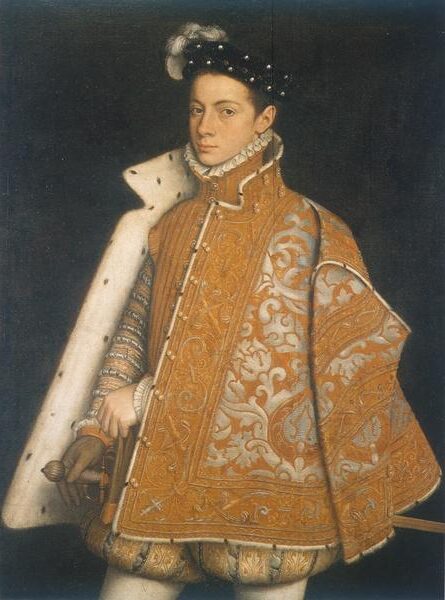
By focusing on realistic expressions and natural poses, she set a new standard for female portraiture. Her approach provided a foundation for future artists to explore the complexities of their subjects, paving the way for a deeper appreciation of the nuances within women’s portraits. Her innovations remain influential in the study of portrait painting and the role of women in art.
Connections and Legacy
Sofonisba Anguissola’s art not only captured the likeness of her subjects but also forged strong ties with the nobility, influenced future generations of artists, and continues to be celebrated in museums around the world, preserving her legacy.
Patronage and Relationship with Nobility
Sofonisba Anguissola gained international fame through her association with royalty. She was invited to Spain to serve at the court of Philip II. There, she painted portraits and established connections with influential figures like Elizabeth of Valois. Her talent earned her a respected place among noble patrons, which was remarkable for a woman during the Italian Renaissance. By earning the patronage of such notable figures, Anguissola solidified her position in the art world, contributing to her lasting reputation.
Mentorship and Impact on Future Generations
Anguissola’s influence extended beyond her own paintings. She was a trailblazer for female painters like Lavinia Fontana, offering a model of what women could achieve in the arts. Her mentorship of artists encouraged more women to pursue painting and challenge the traditional roles imposed on them.
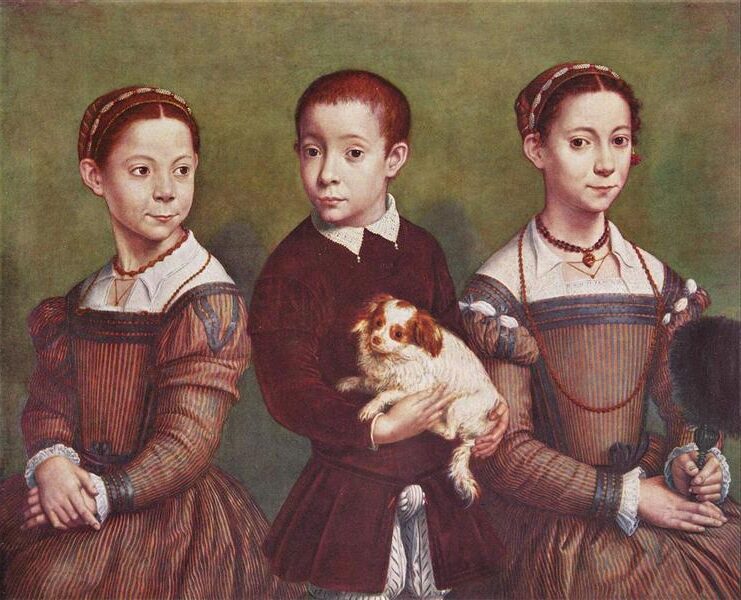
Three Children with Dog (1590) by Sofonisba Anguissola
Her ability to create captivating portraits inspired artists to pay closer attention to the personalities of their subjects, influencing Baroque portraiture. The recognition she achieved opened doors for women artists who followed in her footsteps.
Preservation and Exhibitions of Anguissola’s Art
Anguissola’s works are preserved in esteemed museums, ensuring that her legacy endures. Museo Nacional del Prado, Milwaukee Art Museum, and Isabella Stewart Gardner Museum are among those that house her paintings. These institutions regularly feature exhibitions to celebrate her contributions.
“A Tale of Two Women Painters” is an example highlighting her artistry alongside other pioneers. Her art is also part of the National Museum of Women in the Arts collection, emphasizing her importance in art history. Through these exhibitions, modern audiences can appreciate her talent and impact on visual storytelling.
Sofonisba Anguissola’s Influence on the Renaissance and Beyond
Sofonisba Anguissola came from a noble family in Cremona, Italy, which played a role in her access to art education. Her upbringing helped her connect with prominent figures such as Giorgio Vasari, a leading art historian of the 16th century.
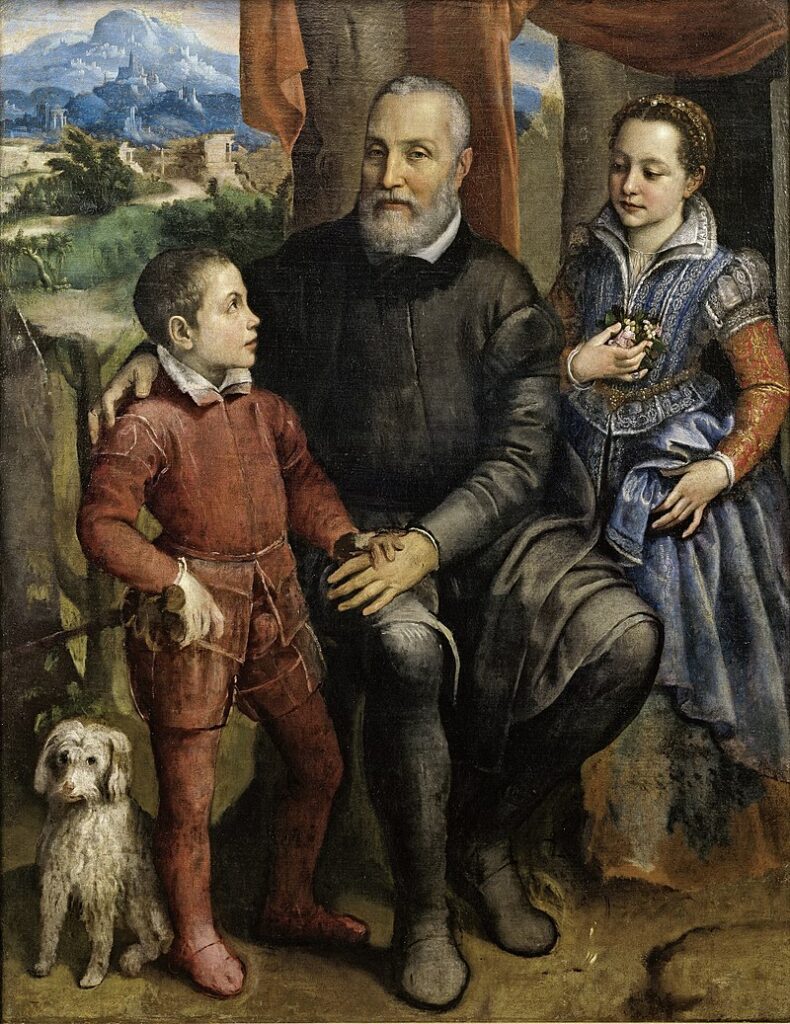

The Chess Game is one of her notable works, depicting her sisters in a domestic setting. This painting beautifully showcases her ability to blend portraitist skills with genre painting, illustrating everyday life with unique charm.
Anguissola’s use of oil paint added depth and detail to her portraits. She captured the likeness and personality of her subjects, a characteristic that would later influence Baroque portraiture. Her legacy is evident in the transition from Renaissance to Baroque styles, where individual expression became more pronounced.
As a pioneering Renaissance painter, Anguissola defied conventions by being one of the first renowned women artists of her time. She carved a path for future female painters, proving that women could master the art of painting just as men could.
Her influence extends beyond her own era, inspiring modern discussions on the role of gender in art. Anguissola’s portraits remain a testament to the evolution of art during the Renaissance and her lasting impact on future generations.
Frequently Asked Questions
Sofonisba Anguissola was a pioneering female painter during the Renaissance. She created powerful portraits and broke barriers for women in art. Her techniques influenced future artists. Her works are displayed in museums across the world.
What are some of the notable works of Sofonisba Anguissola?
Some of her most famous paintings include “Portrait Group with the Artist’s Father, Brother and Sister” (1559) and “Self-Portrait at the Easel.” Her portraits often reflect personal connections and capture detailed expressions.
How did Sofonisba Anguissola contribute to the Renaissance art movement?
Anguissola was among the first women to gain recognition as a professional artist during the Renaissance. Her success opened doors for future female artists by showcasing women’s potential in the art world.
Can you describe Sofonisba Anguissola’s influence on future generations of artists?
Future artists admired her commitment to realism and detail in portraiture. Her ability to capture personalities and emotions in her subjects set a high standard for portrait painting.
What artistic techniques and styles is Sofonisba Anguissola known for?
Anguissola mastered realistic portraiture with attention to detail. Her use of light and shadow brought depth to her paintings. She often painted self-portraits and family members, showcasing rich textures and lifelike expressions.
In what ways did Sofonisba Anguissola’s gender impact her art career during the Renaissance?
Being a woman in a male-dominated field presented challenges. Despite societal barriers, she established herself as a talented artist, earning commissions from prominent figures, including the Spanish court.
Which museums around the world house the works of Sofonisba Anguissola?
Many of her paintings can be found in prestigious institutions. For example, The Walters Art Museum in Baltimore and the Museo del Prado in Madrid display some of her esteemed portraits.

